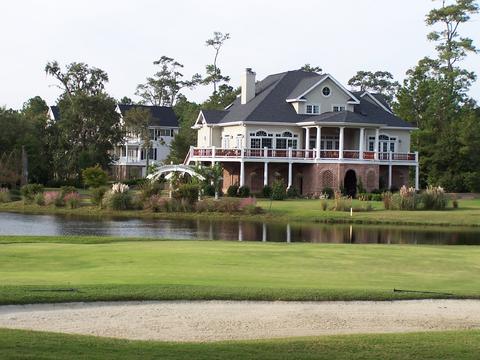No matter where your next home is located, someday you or your heirs will sell it (unless you do something in your lifetime that warrants a museum after you are gone). "Flow" will be important in making the house as saleable as possible.
Flow is the term real estate agents and interior design experts use to describe how traffic moves through the home, from outside in, inside out and from one room to the next. A home with bad flow might, for example, force guests to walk through your study or, worse, a bedroom, to get to a bathroom. (Don't laugh; I've been in houses that quirky although, come to think of it, they were all in California.)
A home with good flow means rooms are allocated based on most people's normal movements and lifestyle. For example, folks in their 60s or older shouldn't have to walk a flight of stairs each evening to get to their bedrooms; you leave that for the kids and grandkids. Indeed, the trend in many new homes in the southeastern U.S. is for a master bedroom suite at ground level, with an additional master upstairs (or downstairs, in some designs) for the visiting kids and their families. Yet because many new, healthy homeowners in golfing communities strive to maximize the view of the golf course or water, they build their own bedrooms upstairs, often with a walkout deck. That's fine for now, but such a design will make the market for the house much narrower later on (and, ultimately, you may wish that you had let Otis put that elevator in when you built the house).
Few of us spend most of our waking hours in our bedrooms (I'm resisting the Viagra joke here). Studies show we spend most of our in-house time in kitchens, family rooms and studies, and these rooms should be adjacent to each other to maximize flow. You shouldn't have to walk down a long hall or through another room with a hot coffee or cocoa in hand to cozy up to the fireplace, television set or PC. And for those who will "work" in retirement, experts suggest the work desk be as far away from the bedroom as possible, sound advice in my own experience. You will sleep better, especially knowing that you are widening the market for your home years from now.

Sometimes the view from a property cries out for two-story or higher construction. Other times, flood plain issues dictate that living space be at least one floor above ground, as at this home in DeBordieu Colony in Georgetown, SC, less than a quarter mile from the ocean.























